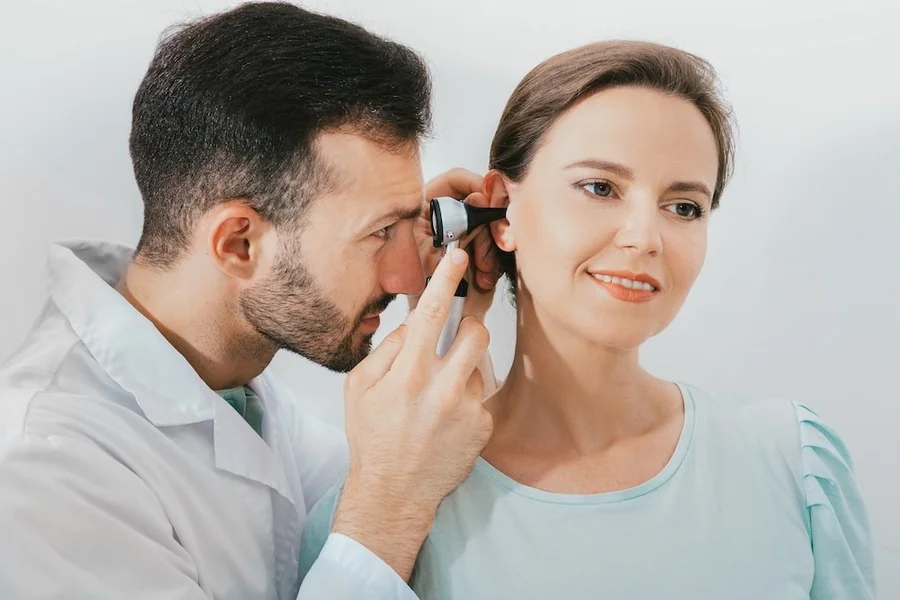Based on recent studies, at least 15 percent of Americans over the age of 20 have some degree of hearing loss. After the age of 60, that number increases to 33 percent. Beyond the age of 70, it surges to around 80 percent. Additionally, an estimated 20 percent of children under the age of 13 and more than 15 percent of teenagers are living with hearing loss.
In light of those statistics, keeping a close check on your hearing is crucial. Hearing screenings can help you do just that. At this point, several hearing testing options are available. Each one uses different strategies to determine whether you’re experiencing hearing loss, to what extent, and its causes. Take a look at some of the hearing tests that are at your disposal.
Online Hearing Tests
Online hearing tests are among the simplest measures you can take to check your auditory abilities. They’re also convenient because you can do them yourself whenever you have the time. With most online hearing tests, you’ll be instructed to listen for certain sounds and press a button or click your mouse when you hear them. You may also be asked to repeat words or sentences when you hear them.
These tests can determine which frequencies you hear and which ones you don’t as well as your ability to distinguish conversation from background noise. They can give you an idea of whether you’re suffering from hearing loss. They’re only a first step in maintaining your hearing health, though.
Professional Hearing Evaluations
If an online hearing test indicates that you have hearing loss, you can schedule an appointment with an audiologist for further evaluation. On the other hand, you can forgo self-testing and go straight to a professional. Audiologists perform several types of tests to determine the type and extent of patients’ hearing loss.
With speech audiometry, you’ll listen to words and sentences at varying volumes and be asked to repeat them. This test evaluates your ability to hear and understand speech. Pure-tone audiometry tests your ability to hear different frequencies. You’ll listen to various tones and be asked to respond when you hear them.
Otoacoustic emissions tests measure the sounds your inner ear produces in response to external sounds. They entail inserting a probe into your ear that emits sounds and records your inner ear responses. In bone conduction testing, audiologists place a device that produces vibrations behind patients’ ears. Patients then indicate whether they can hear those vibrations. This type of testing helps to determine whether a patient’s hearing loss stems from problems in the inner ear.
Tympanometry involves placing a probe in the ear that produces sound and air pressure. It measures how the eardrum and bones of the inner ear respond to air pressure and sound. It can help determine if hearing loss is caused by fluid in the ear, an infection, or a ruptured eardrum. Auditory brainstem response testing evaluates hearing and the functionality of the pathways between the brainstem and auditory nerve. By placing electrodes on the head, audiologists can measure the brainstem’s responses to sound.
Fostering Your Auditory Health With Hearing Tests
In many cases, these hearing tests are used in tandem to determine the type of hearing loss a patient is suffering from and its severity. While online tests can give you an idea of whether you may be suffering from hearing loss, they’re not a replacement for professional hearing evaluations. Working with an audiologist gives you a much more thorough assessment of your hearing loss and can help you find effective ways to address it.


